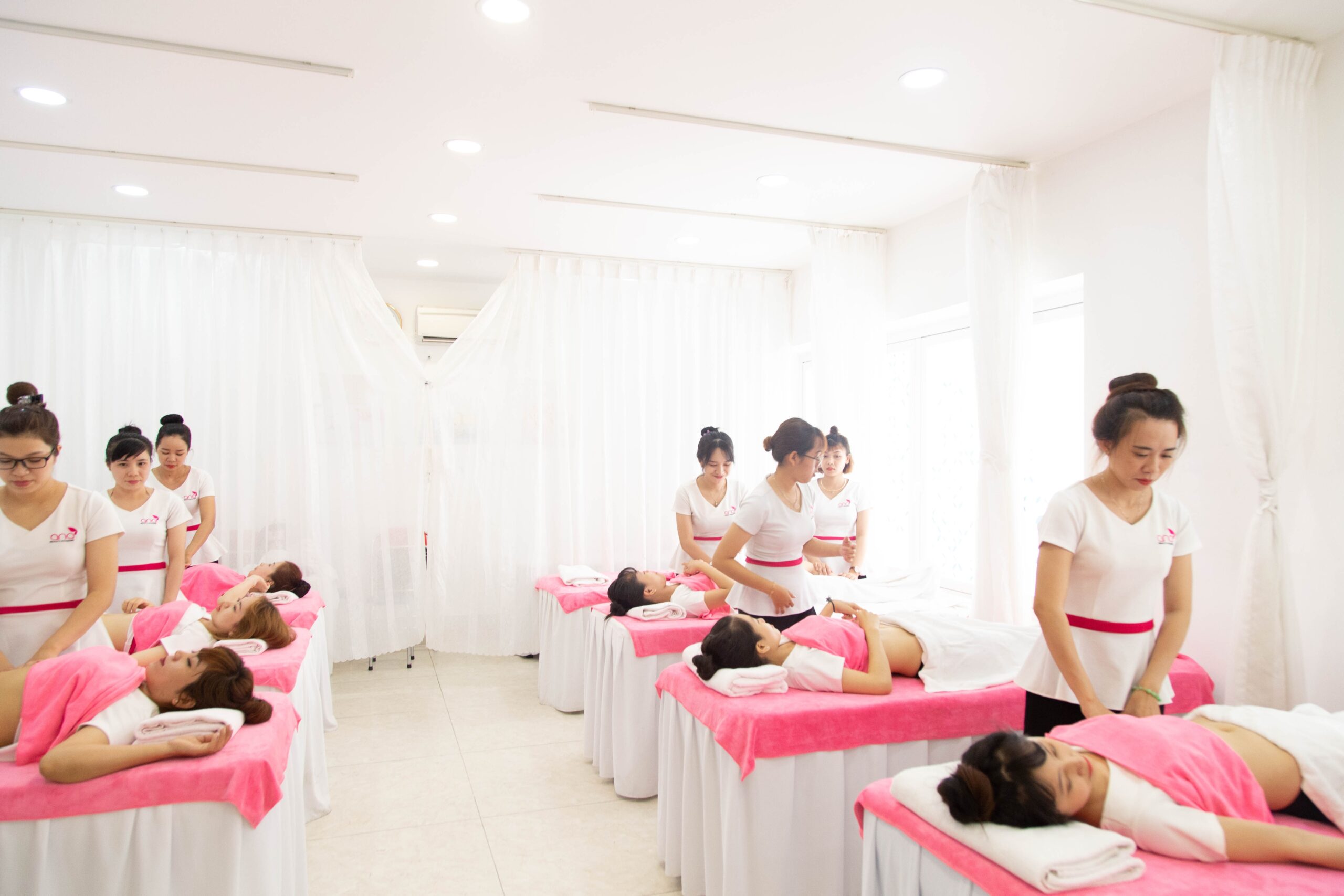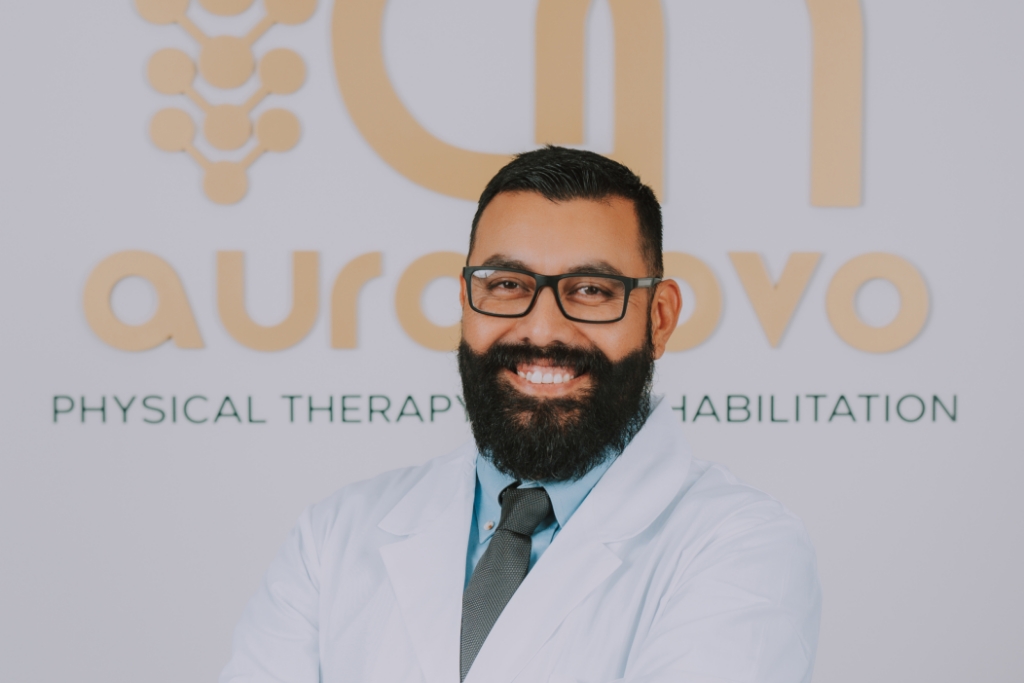What Is Chest Physiotherapy? Technique and Process.
Introduction
In the domain of healthcare and the other physiotherapy has been appointed itself as a multifaceted profession that attends to a broad range of situations and illnesses influencing the human body. One nook region of physiotherapy, frequently underestimated in its significance, is chest pain physiotherapy. These specialized branches focus on the respiratory system and play an important position in improving lung function, benefiting from recovery, and improving the degree of life for Individuals with respiratory systems In this in-depth investigation, we will have to delve into what chest physiotherapy surrounds, the procedures operated, and the complicated techniques implicated in assisting patients with breathing easier and live healthier and lives.
Chest therapy which is also known as physiotherapy or the respiratory physiotherapy is one of the specialised branch of physiotherapy with generally focus on improving the function of the respiratory system the main motive is the lungs and the Airways which involve a range of technique as well as therapy in order to enhance the lungs functions clearing the mucus as well as well secretion from the Airways in order to optimise the breathing mechanism chest therapy is one of the most typically utilised in the treatment of various respiratory condition which include copd asthma pneumonia citrus fibrosis and many more one of the main objective of the chest therapy is the year was clearance the chest therapist generally employee in the technique and order to help the patient effectively in cleaning the mucus and other secretion from their Airways it is very important for maintaining the clear and open air passage which can become an obstacle due to illness or the surgery it also help in hand of the breathing chest therapy include exercise as well as the technique in order to improve the breathing pattern lungs capacity and over all the respiratory function these exercises often focus on strengthening the respiratory muscle in order to optimise the oxygen exchange in the lungs.
Awareness Chest Physiotherapy
Chest physiotherapy, furthermore known as respiratory system physiotherapy, is a technical domain of physiotherapy that targets the respiratory system. It contains a range of procedures intended for improving the lung process, vengeance airway secretions, and optimizing breathing and mechanics. The preliminary objective is to enrich respiratory system health and alleviate the signs and symptoms in Individuals with respiratory ailments or those, who are healing from surgery and/or illnesses.
The Procedure of Chest Physiotherapy
1. Initial Assessment: The chest physiotherapy procedure naturally starts with a thorough examination of the patient’s medical care record, respiratory signs, and biological ailment. Knowledge of the patient’s environment and distinct respiratory system challenges is important for tailoring the medical agenda.
2. Respiratory Examination: A complicated assessment of the patient’s respiratory system follows. This involves assessing lung sounds, breathing and rituals, and chest activity. The physiotherapists may use a stethoscope to hear unnatural breath sounds and gather the necessary database.
3. Examination of Secretions: In lawsuits where ex-breath voices or secretions exist in the airways, the physiotherapists evaluate the variety and abundance of secretions. These Examination manuals promote the choice of reasonable procedures to promote secretion authorization.
4. Techniques for Cheston Physiotherapy:
A. Postural Drainage: This procedure pertains to placing the patient in specific postures to encourage the removal of mucus from various lung regions. Gravity assists in moving along secretions toward the larger airways, making them easier to clear.
B. Manual Techniques: Physiotherapists may employ manual techniques such as percussion and vibration to help dislodge and rally secretions. These techniques are performed gently to avoid discomfort or wound.
C. Breathing Exercises: Breathing exercises, including deep breathing and diaphragmatic breathing, are taught to patients to enhance lung function and oxygenation. Regulated breathing helps strengthen respiratory muscles.
D. Airway Clearance Devices: Devices like oscillatory positive expiratory pressure (OPEP) devices or high-frequency chest wall fluctuation vests can be employed to assist with airway authorization. These devices provide influenced pressure to help move slime.
E. Nebulization: Inhalation medicine with nebulized prescriptions may be integrated into the treatment plan for patients with chronic respiratory system conditions, such as Asthma or chronic pain obstructive pulmonary disease (COPD).
5. Personalised Treatment Plan: Based on the assessment findings and the patient’s individual needs, a personalized treatment plan is developed. Dieser Plan outlines the frequency and span of chest physiotherapy sessions and includes patient schooling on self-management and symptom monitoring.
6. Ongoing Monitoring: Chest physiotherapy is usually an ongoing process, particularly for Individuals with chronic respiratory disorders. Regular follow-up meetings and Assessments ensure that the medicine plan remains effective and can be adjusted as needed.
Chest therapy is generally utilized in various respiratory system disorders. These are some of the greatest therapies that are able to heal the pain of patients.
Chest Physiotherapy Plays a Pivotal Role in Respiratory Care and Proposes Several Significant Advantages:
1. Improved Lung Function: Chest physiotherapy helps individuals breathe more easily by nurturing efficient lung function and vengeance of airway obstructions. Improved
2. Oxygenation: Adequate Oxygenation is essential for overall health. The therapy improves oxygen exchange in the lungs, benefiting the entire body.
3. Reduced Respiratory Symptoms: Individuals with respiratory conditions frequently exhibit symptoms like coughing, wheezing, and shortness of breath. Chest physiotherapy helps reduce these symptoms and enhance life quality.
4. Prevention of Complications: For patients regaining from surgery or those with ailments like cystic fibrosis, chest physiotherapy can stave off complications such as pneumonia and lung infections.
5. Patient Empowerment: Educating patients on self-management techniques empowers them to catch an active role in their respiratory soundness.
Conclusion
Chest physiotherapy is a nuanced and highly specialized field within the broader scope of physiotherapy. It offers a lifeline to individuals tussling with respiratory system challenges, from those who are with chronic conditions to post-operative patients. Through a meticulous process of assessment, personalized treatment planning, and the application of various techniques, chest physiotherapists are instrumental in improving lung function and enhancing the overall well-being of their patients. In a world where every breath matters, the Art and Sciences of Chest Physiotherapy continue to evolve, bringing hope and comeback to countless stamina.





